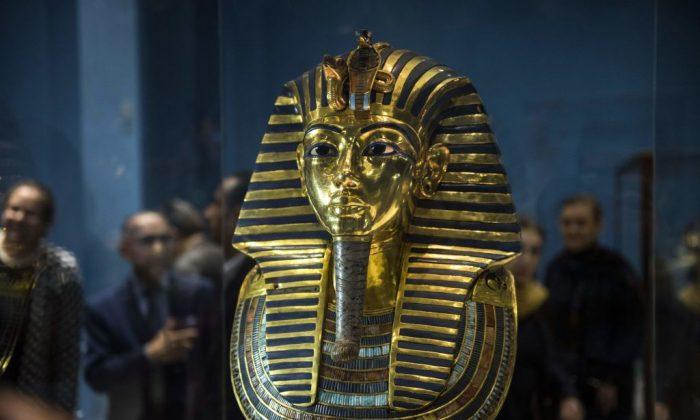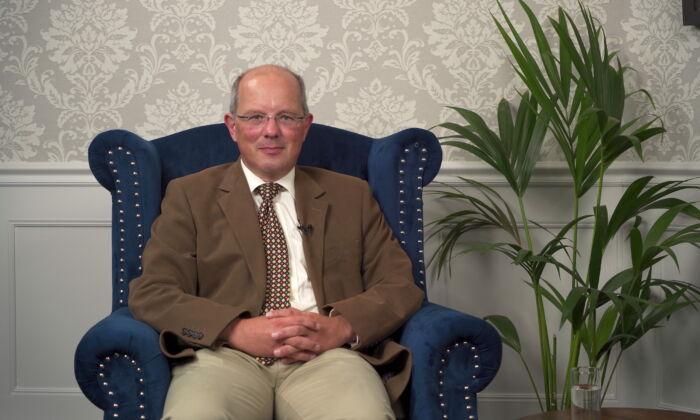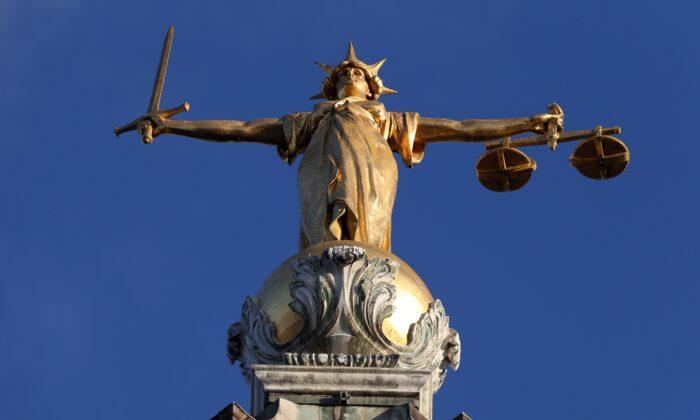Until now, the tomb of Tutankhamun’s teenage wife has eluded archaeologists who hope it may help unravel some of the mysteries of her strange life.
That may change, as a new excavation starts in the area where she is thought to be buried, near the tomb of her grandfather.
If found, her tomb could cast light on the mysteries of Queen Ankhsenamun, who is thought to have been forced to marry her grandfather, after the death of Tutankhamun.
In July archeologist Zahi Hawass announced that he believed he had found evidence of an undiscovered tomb near the tomb of Ankhsenamun’s grandfather, Ay, who ruled as Pharoah after Tutankhamun.

Now Hawass, a former Egyptian minister for antiquities, has launched excavations at the site in the Valley of the Monkeys, a side valley in the area of the Valley of the Kings.
“It is believed that the location of the tomb of Ankhsenamun, Tutankhamun’s widow, who married Ay after Tutankhamun’s death, is still hidden somewhere in the Valley of the Monkeys,” said the statement, posted on Jan. 12.

Explaining the initial finding to LiveScience, Hawass said that there are deposit sites, or “caches or holes in the ground that were filled with votive objects such as pottery vessels, food remains and other tools as a sign that a tomb construction is being initiated.”
There is some evidence to suggest Ankhsenamun also married to her father, say Egyptologists.

Tutankhamun’s story has fascinated many historians—partially because his tomb contains hidden chambers. Meanwhile, he was only a teenager when he died, and his tomb was discovered in 1922 by British archaeologist Howard Carter.
Also discovered was the boy king’s meteoric iron dagger blade, which may have been made from a meteorite.
It’s the third time researchers have gone inside the 3,300-year-old tomb in the past two years.






Friends Read Free